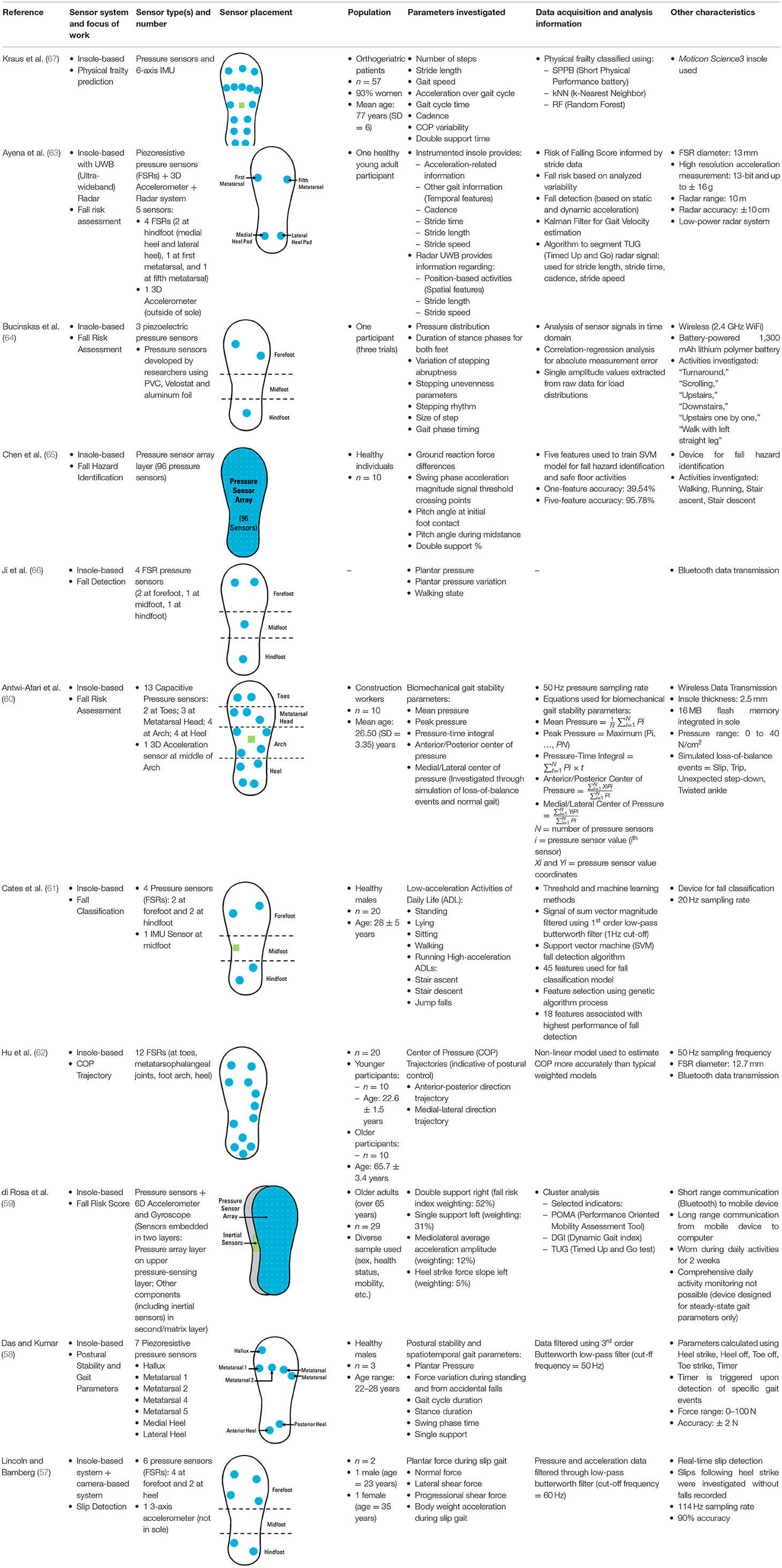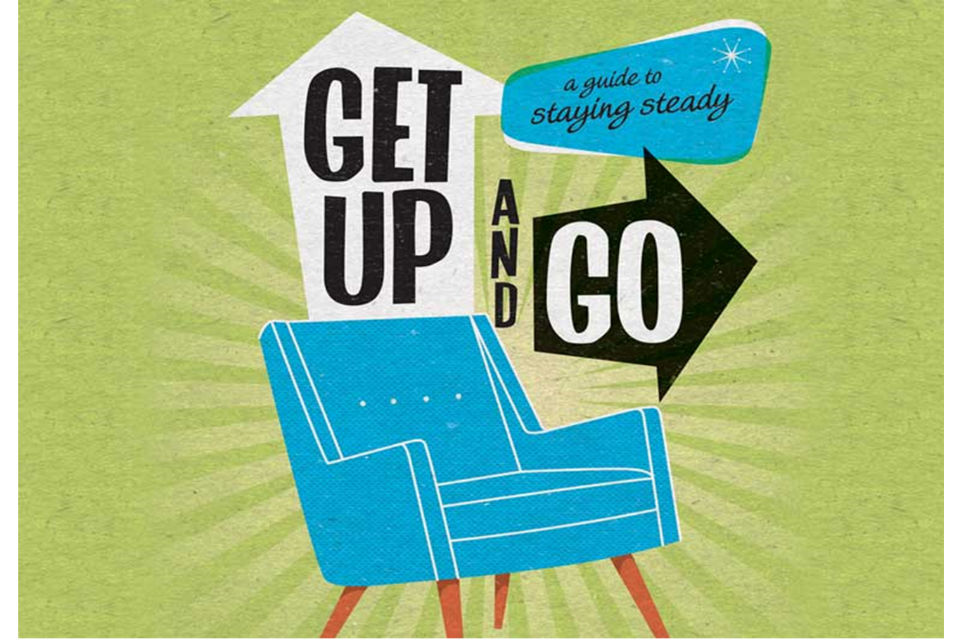The 25-Second Trick For Dementia Fall Risk
Table of ContentsThe smart Trick of Dementia Fall Risk That Nobody is Talking AboutGetting The Dementia Fall Risk To WorkA Biased View of Dementia Fall RiskThe Ultimate Guide To Dementia Fall Risk
A loss threat analysis checks to see how most likely it is that you will certainly drop. It is primarily provided for older adults. The analysis normally consists of: This includes a collection of concerns regarding your overall health and if you have actually had previous falls or problems with equilibrium, standing, and/or walking. These tools check your strength, equilibrium, and stride (the way you stroll).Treatments are suggestions that may lower your threat of falling. STEADI consists of 3 steps: you for your risk of dropping for your threat elements that can be boosted to attempt to protect against falls (for example, balance troubles, damaged vision) to lower your threat of falling by utilizing efficient methods (for instance, giving education and resources), you may be asked a number of inquiries consisting of: Have you dropped in the previous year? Are you worried about falling?
If it takes you 12 seconds or more, it might imply you are at higher risk for a fall. This test checks strength and equilibrium.
Move one foot midway ahead, so the instep is touching the large toe of your various other foot. Relocate one foot totally in front of the various other, so the toes are touching the heel of your various other foot.
The smart Trick of Dementia Fall Risk That Nobody is Talking About
Most drops happen as an outcome of numerous adding aspects; as a result, taking care of the danger of dropping starts with recognizing the variables that add to drop risk - Dementia Fall Risk. Several of the most pertinent risk variables include: Background of previous fallsChronic clinical conditionsAcute illnessImpaired stride and equilibrium, reduced extremity weaknessCognitive impairmentChanges in visionCertain high-risk medications and polypharmacyEnvironmental aspects can also boost the threat for falls, including: Inadequate lightingUneven or harmed flooringWet or slippery floorsMissing or harmed handrails and grab barsDamaged or poorly equipped devices, such as beds, wheelchairs, or walkersImproper use assistive devicesInadequate supervision of the people living in the NF, consisting of those who exhibit hostile behaviorsA successful loss threat management program requires a thorough scientific evaluation, with input from all participants of the interdisciplinary team

The treatment plan should additionally include interventions that are system-based, such as those that advertise a risk-free environment (suitable lights, handrails, grab bars, etc). The performance of the interventions ought to be evaluated occasionally, and the care plan changed as required to mirror modifications in the fall danger analysis. Applying a my response loss threat administration system using evidence-based best technique can reduce the prevalence of falls in the NF, while restricting the capacity for fall-related injuries.
The Best Guide To Dementia Fall Risk
The AGS/BGS standard advises evaluating all grownups aged 65 years and older for loss threat annually. This testing includes asking clients whether they have fallen 2 or more times in the previous year or looked for clinical focus for a loss, or, if they have actually not fallen, whether they feel unsteady when strolling.
People that have fallen when her response without injury ought to have their equilibrium and gait examined; those with gait or balance irregularities need to receive extra evaluation. A history of 1 fall without injury and without gait or equilibrium problems does not require further assessment beyond ongoing annual loss risk testing. Dementia Fall Risk. A fall danger analysis is needed as component of the Welcome to Medicare evaluation

The Best Strategy To Use For Dementia Fall Risk
Documenting a drops background is one of the top quality indicators for loss prevention and administration. copyright drugs in particular are independent forecasters of falls.
Postural hypotension can commonly be reduced by reducing the that site dose of blood pressurelowering medicines and/or stopping drugs that have orthostatic hypotension as an adverse effects. Use above-the-knee assistance pipe and sleeping with the head of the bed boosted might also decrease postural reductions in blood pressure. The recommended elements of a fall-focused checkup are shown in Box 1.

A pull time more than or equivalent to 12 secs suggests high loss danger. The 30-Second Chair Stand test examines lower extremity toughness and balance. Being unable to stand from a chair of knee height without utilizing one's arms indicates increased loss threat. The 4-Stage Equilibrium examination examines fixed balance by having the client stand in 4 placements, each gradually more challenging.